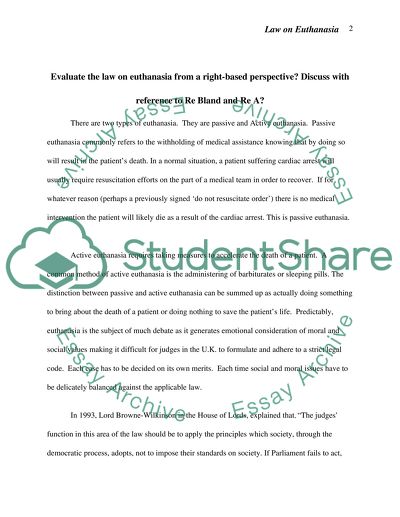Cite this document
(“Law on Euthanasia Essay Example | Topics and Well Written Essays - 3500 words”, n.d.)
Law on Euthanasia Essay Example | Topics and Well Written Essays - 3500 words. Retrieved from https://studentshare.org/law/1534740-law-on-euthanasia
Law on Euthanasia Essay Example | Topics and Well Written Essays - 3500 words. Retrieved from https://studentshare.org/law/1534740-law-on-euthanasia
(Law on Euthanasia Essay Example | Topics and Well Written Essays - 3500 Words)
Law on Euthanasia Essay Example | Topics and Well Written Essays - 3500 Words. https://studentshare.org/law/1534740-law-on-euthanasia.
Law on Euthanasia Essay Example | Topics and Well Written Essays - 3500 Words. https://studentshare.org/law/1534740-law-on-euthanasia.
“Law on Euthanasia Essay Example | Topics and Well Written Essays - 3500 Words”, n.d. https://studentshare.org/law/1534740-law-on-euthanasia.


